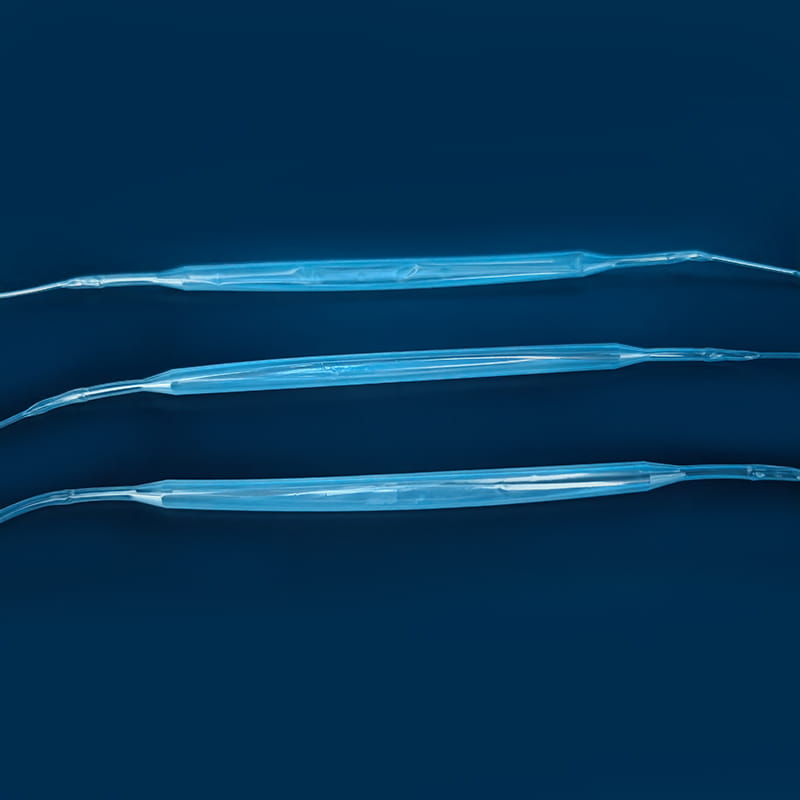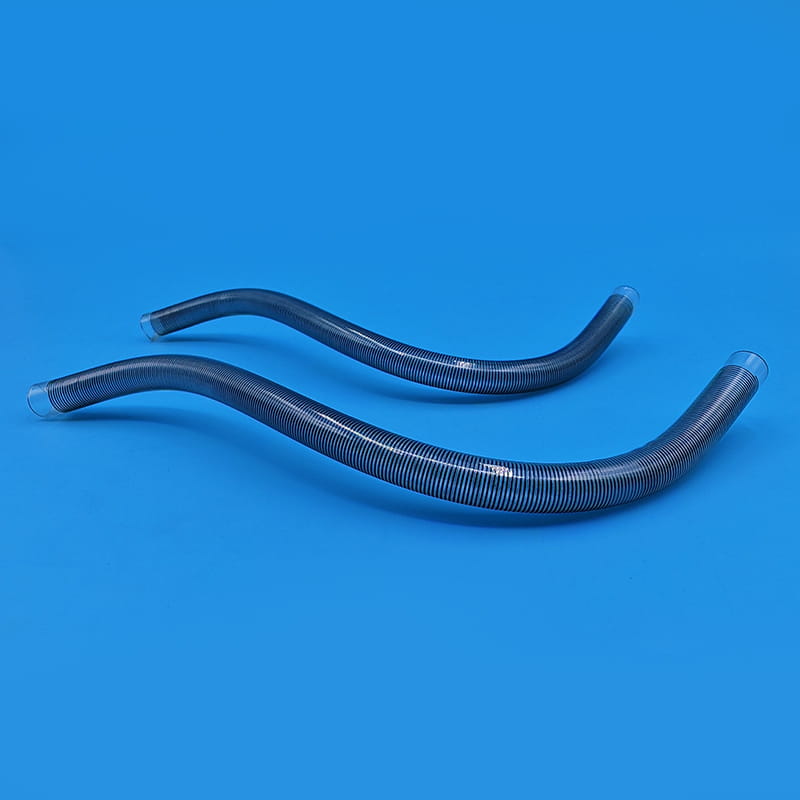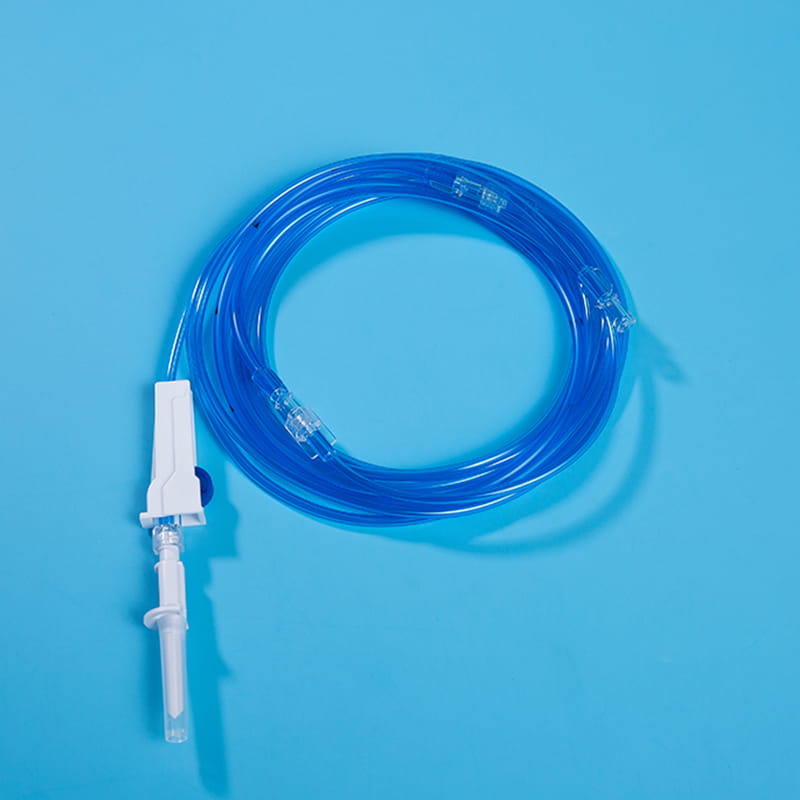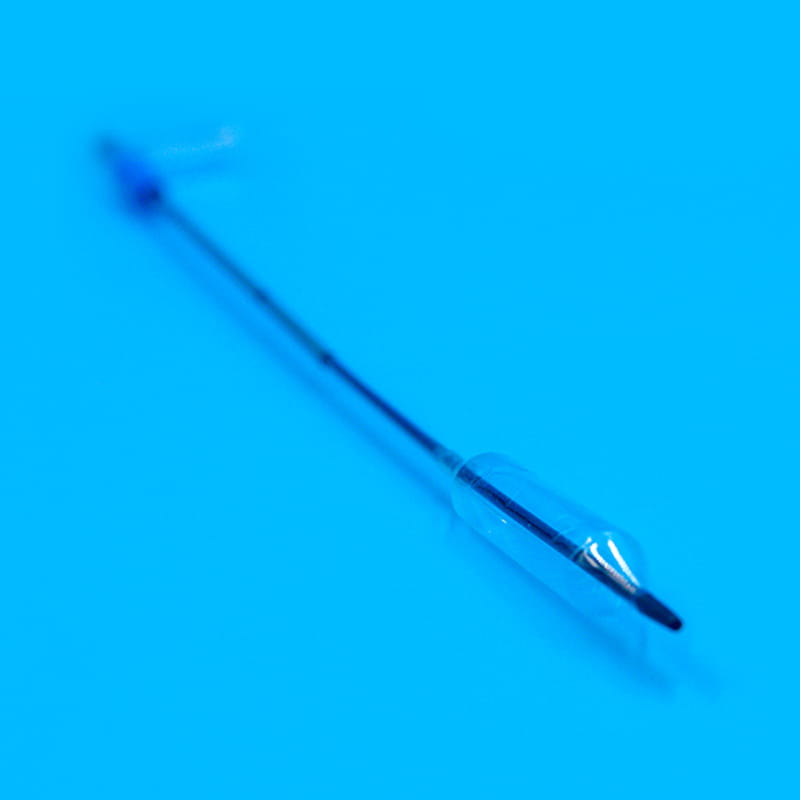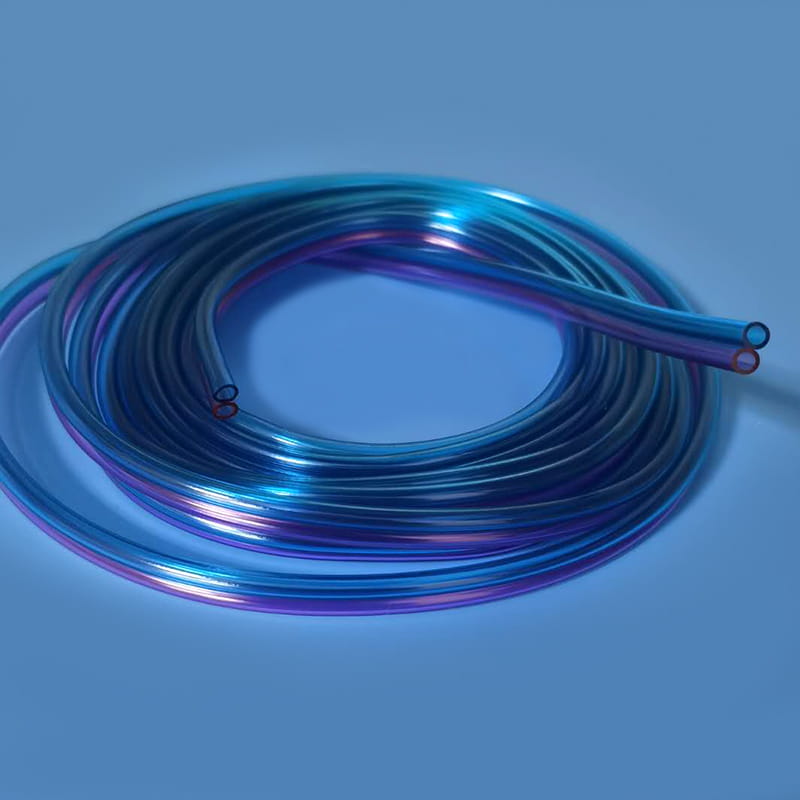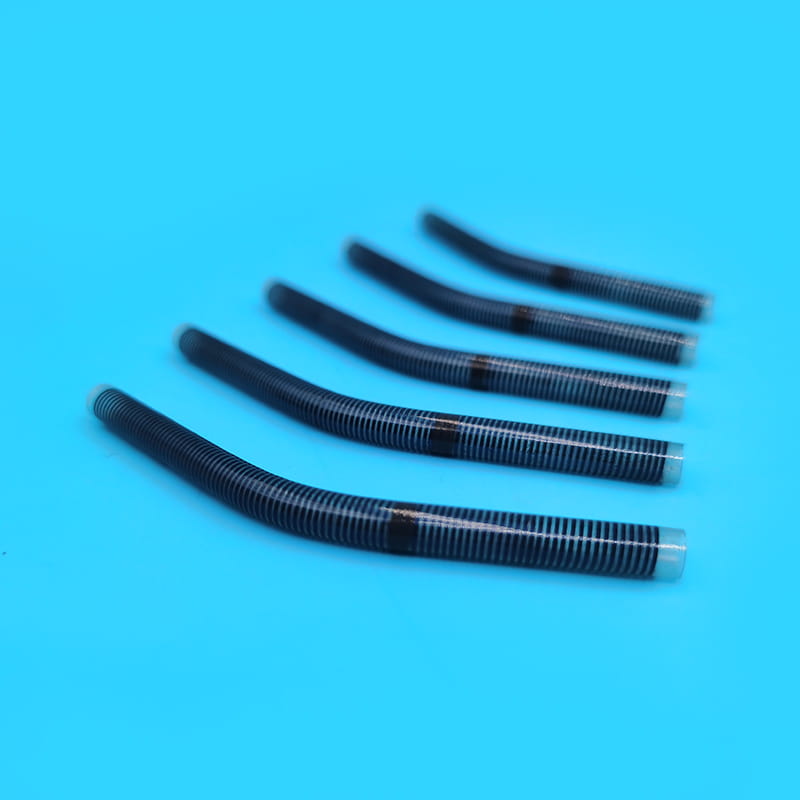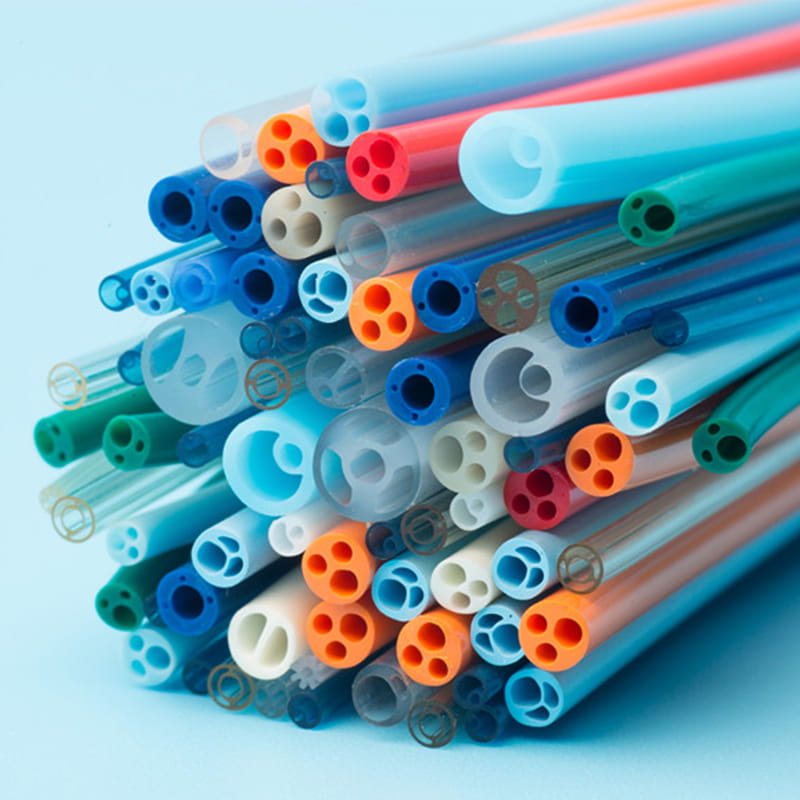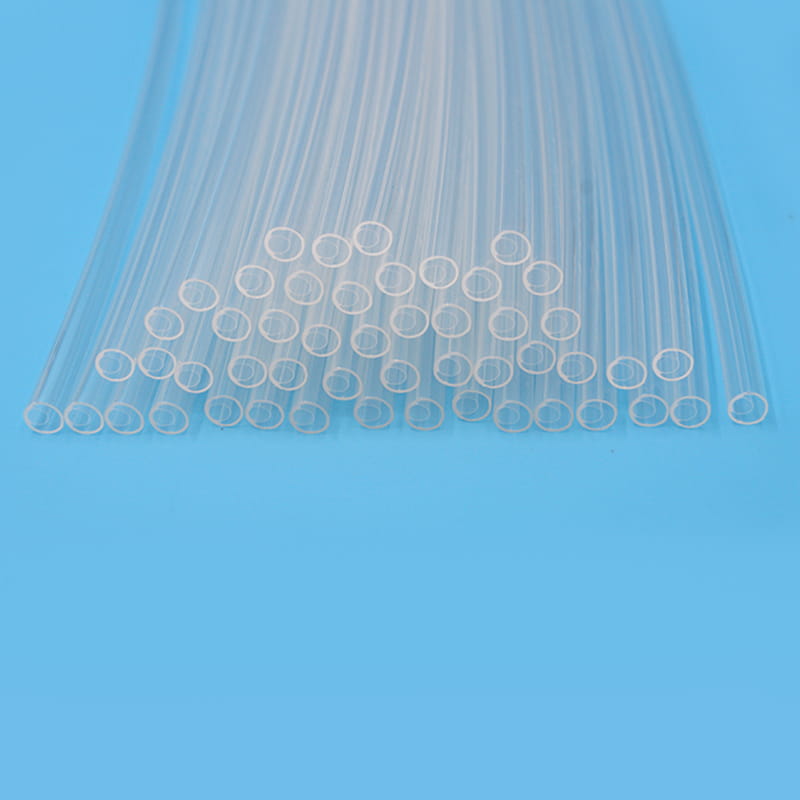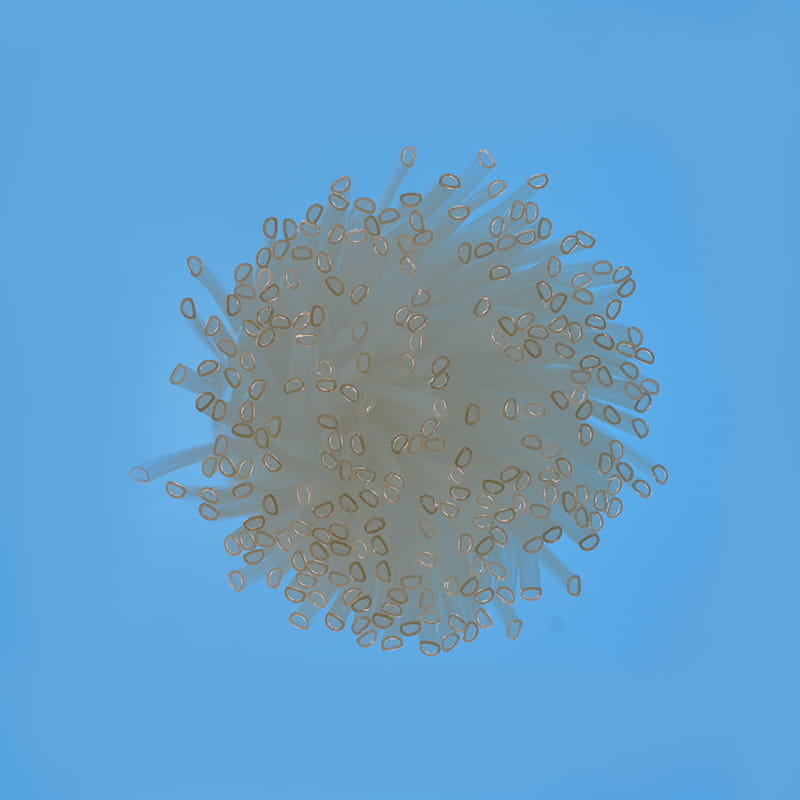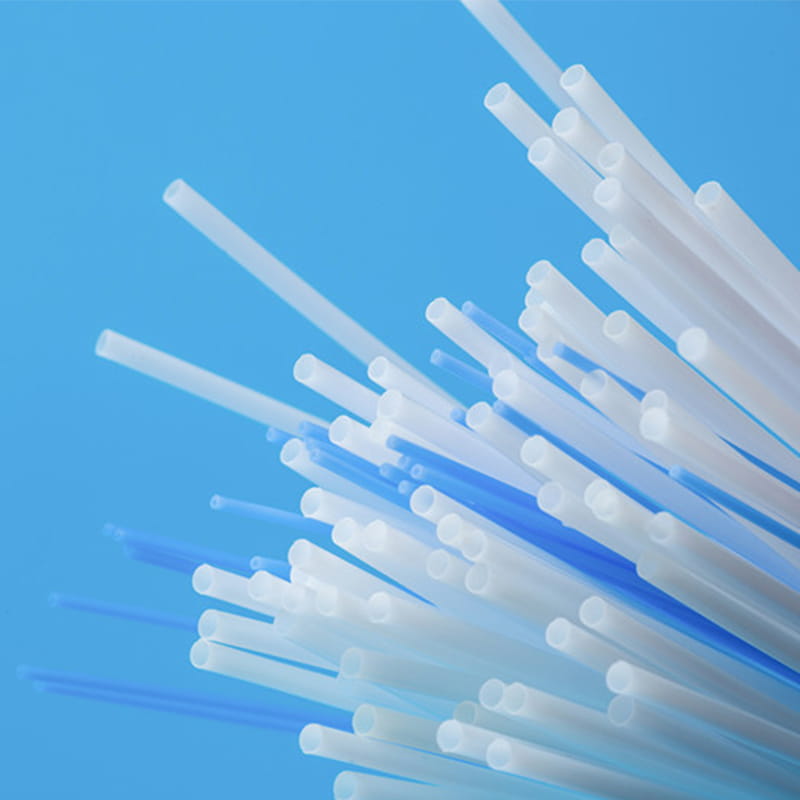How Superelasticity Is Transforming Medical Nitinol Spring Tubing Applications
In the modern medical device industry, precision and reliability are paramount. Among the materials revolutionizing minimally invasive procedures, medical nitinol spring tubing has emerged as a critical component due to its unique properties. Specifically, the superelasticity of nitinol—an alloy of nickel and titanium—has enabled engineers and clinicians to achieve performance in cardiovascular, catheter-based, and surgical applications.
Understanding Nitinol and Its Superelastic Properties
Nitinol is renowned for its shape memory and superelasticity, two properties that distinguish it from conventional metals. While the shape memory effect allows the tubing to return to a pre-defined shape upon heating, superelastic nitinol tubing enables flexibility at body temperature without permanent deformation. This characteristic is particularly valuable for applications that require repeated bending, torsion, or compression within the human body.
The superelastic medical nitinol spring tubing provides engineers with the ability to design medical instruments that navigate tortuous vascular paths and complex anatomical structures. Devices incorporating this tubing maintain their performance after repeated use, ensuring reliability in critical procedures such as stent delivery, catheter guidance, and endovascular surgery.
Precision Engineering for Superior Performance
Another defining feature of medical nitinol spring tubing is its precision manufacturing. Producing consistent, high-quality tubing requires advanced techniques such as laser cutting, heat treatment, and mechanical polishing. These processes ensure that the final tubing exhibits uniform diameter, wall thickness, and spring characteristics. Precision directly impacts the performance of devices: even slight deviations in tube geometry can compromise flexibility, durability, or responsiveness.
The high-precision medical nitinol spring tubing is essential for cardiovascular applications where device movement must be controlled with sub-millimeter accuracy. By combining superelasticity with strict manufacturing tolerances, manufacturers provide tubing that meets both engineering requirements and regulatory standards, ensuring patient safety and clinical efficacy.
Enhancing Biocompatibility and Safety
Beyond mechanical performance, biocompatible nitinol springs are critical for medical applications. The alloy’s nickel content can potentially trigger adverse reactions, but careful surface treatment and passivation processes create a protective oxide layer, reducing cytotoxicity and enhancing compatibility with blood and tissue.
Medical devices that incorporate biocompatible nitinol spring tubing benefit from a reduced risk of inflammation, thrombosis, or tissue damage. This makes them suitable for long-term implantable devices such as cardiac support systems and vascular stents, where durability and patient safety are intertwined.
Versatility in Minimally Invasive Devices
The combination of superelasticity, precision, and biocompatibility allows medical nitinol spring tubing to thrive in minimally invasive devices. Catheters, endovascular tools, and surgical instruments benefit from tubing that is both flexible and resilient. Flexible nitinol springs for cardiovascular devices ensure that catheters can navigate complex vessels without kinking or losing structural integrity, while durable biocompatible nitinol tubing allows repeated insertion and manipulation without compromising device performance.
Additionally, the custom nitinol tubing for medical instruments enables tailored solutions for specific procedures. Designers can adjust spring constants, wall thickness, and diameter to match clinical needs, ensuring performance across diverse medical applications.
Corrosion Resistance and Long-Term Reliability
Medical nitinol spring tubing must also withstand the physiological environment. Corrosion resistance is paramount, as exposure to bodily fluids can compromise structural integrity over time. Through meticulous alloying and surface treatment, corrosion-resistant nitinol tubing maintains its superelastic properties and mechanical strength even under prolonged use.
This reliability is particularly important in implantable devices and instruments that experience repeated mechanical stress. Devices incorporating such tubing provide clinicians with confidence in their tools and patients with durable, safe medical solutions.
Driving Innovation in Device Design
The superelasticity of nitinol enables medical device designers to rethink conventional approaches. Instruments that once required multiple rigid components can now be streamlined into a single, flexible tubing solution. Superelastic medical nitinol spring tubing facilitates innovative designs for catheter sheaths, guidewires, and endoscopic tools, allowing for reduced device size and enhanced maneuverability.
By integrating this tubing, manufacturers achieve significant performance improvements without compromising safety or compliance. Devices become lighter, easier to handle, and more responsive to clinician inputs, ultimately improving patient outcomes.
Future Prospects and Emerging Applications
As medical procedures continue to shift toward minimally invasive and patient-specific solutions, the demand for high-performance medical nitinol spring tubing is expected to grow. Emerging applications include microcatheters for neurovascular interventions, flexible surgical robots, and advanced cardiovascular implants.
The continued development of precision, biocompatible, and superelastic Nitinol tubing promises to enable a new generation of medical devices with precision, flexibility, and reliability. This trend underscores Nitinol’s status as a cornerstone of modern medical technology.
The unique combination of superelasticity, precision engineering, and biocompatibility positions medical nitinol spring tubing as an indispensable component in the medical device industry. From cardiovascular interventions to minimally invasive surgical tools, this tubing provides flexibility, durability, and reliability that traditional materials cannot match.
By leveraging high-precision medical nitinol spring tubing, flexible nitinol springs for cardiovascular devices, and custom nitinol tubing for medical instruments, manufacturers can deliver innovative, safe, and highly effective solutions. As technology advances, the role of medical nitinol spring tubing will only become more central, driving the next wave of medical device innovation.
For more information, please call us at +86-18913710126 or email us at [email protected].
A medical balloon catheter is a sophisticated medical device designed to perform a variety of proced...
Introduction The TPU Reducer Tube (Thermoplastic Polyurethane Reducer Tube) is a versatile and high-...
In modern medicine, medical catheters are indispensable tools used in a wide range of treatments and...
In the healthcare industry, the importance of selecting the right materials for medical devices cann...
In the era of precision medicine, a small tube often carries the weight of life-saving responsibilit...
In modern healthcare, precise fluid management is crucial for patient safety and treatment efficacy....


